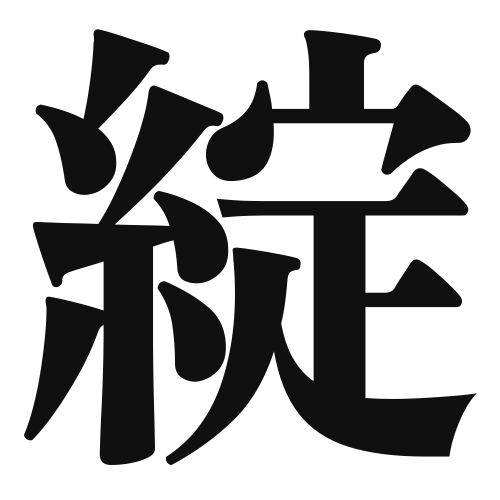1. Overview of Meaning
The kanji “綻” (pronounced “tan” or “hō”) generally means “to unravel” or “to come apart.” It can also imply a sense of blooming or blossoming, often used in contexts related to fabric or flowers.
2. Formation and Radical
Formation of the Kanji: The kanji “綻” is a compound character (会意文字) that combines elements representing threads and a concept of opening or revealing. The top part “糸” (meaning “thread”) indicates its relation to textiles, while the bottom part suggests a state of being open or unfastened.
Radical: The radical of “綻” is “糸” (ito), which is commonly associated with words related to threads, textiles, and fabrics.
3. Examples of Usage
Common Words and Phrases:
- 綻び (たがやび, tabayabi) – a small tear or unraveling in fabric
- 綻ぶ (ほころぶ, hokorobu) – to bloom or to burst open
Example Sentences in Daily Conversation:
- この服は綻びがあるので、修理が必要です。 (This garment has a tear, so it needs to be repaired.)
- 桜の花が綻び始めました。 (The cherry blossoms have started to bloom.)
4. Synonyms and Antonyms
Similar Kanji:
- 裂 (れつ, retsu) – meaning “to tear” or “to split,” which emphasizes a more destructive action compared to “綻” that suggests a natural unraveling.
Antonyms:
- 織 (おり, ori) – meaning “to weave,” which is the opposite action of unraveling.
5. Cultural and Historical Background
Relation to Japanese Culture: The concept of “綻” is often associated with the beauty of imperfection in Japanese aesthetics, such as in the philosophy of Wabi-Sabi, which appreciates the transient nature of life and beauty.
Proverbs and Idioms: There are expressions in Japanese that reflect the idea of things coming apart or blooming, often used in poetry and literature to convey deeper meanings about life and nature.
